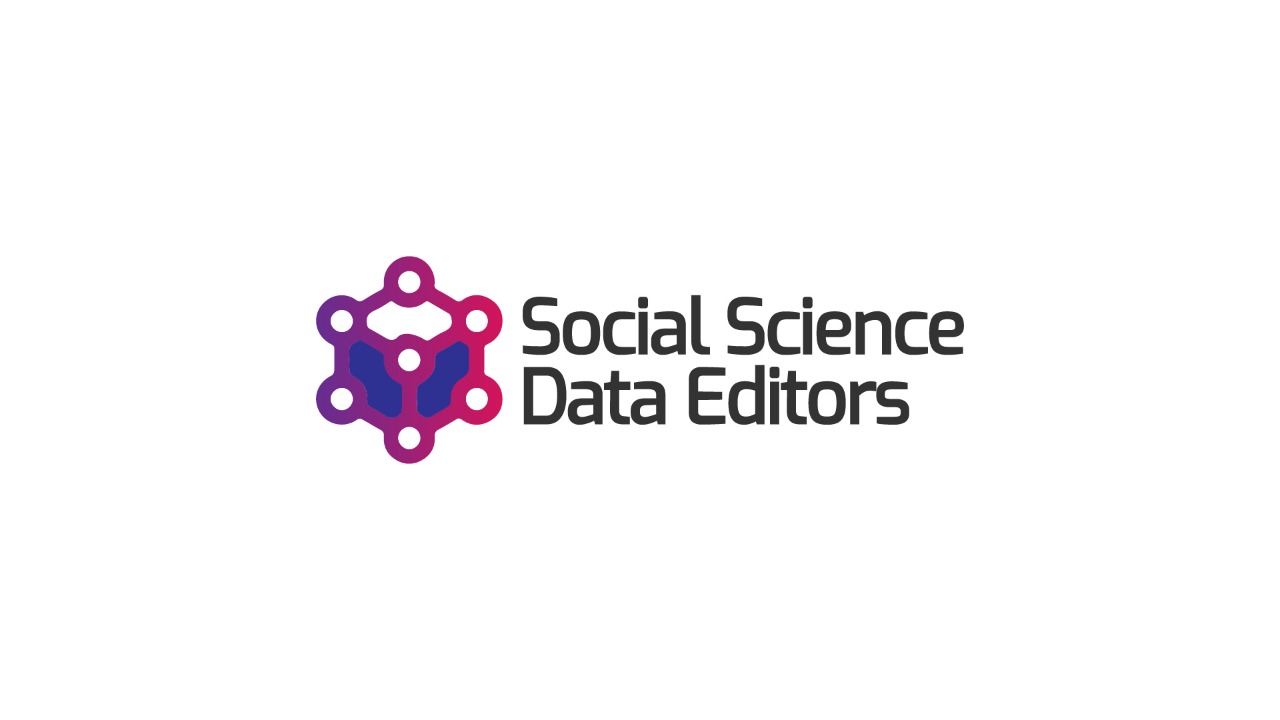
Data and Code Guidance by Data Editors
Guidance for authors wishing to create data and code supplements, and for replicators.
Data Availability Statements for Restricted Data
On this page, we list a few commonly used lightly or heavily restricted data and their data availability statements or licenses, when these are not otherwise easily available. Often, the only restriction is a requirement to not redistribute, and to cite.
This page uses a few examples, and suggested descriptions of data access for these examples. If you have an example to suggest for this page, send an email to dataeditor@aeaweb.org or create a pull request.
IPUMS
IPUMS data are subject to varying usage restrictions. You can find a comprehensive overview of the distribution restrictions at https://ipums.org/about/terms, please consult with IPUMS directly (at ipums@umn.edu) should you have any doubts.
IPUMS USA Registration page states
IPUMS USA data are available free of charge. Before using the data, researchers must complete this registration and agree to abide by the usage license specified below. […]
IPUMS USA Usage License
By completing this registration, you agree to the following terms of use.
- Redistribution: You will not redistribute the data without permission.
- You may not redistribute any data from IPUMS-USA Full Count data.
- For IPUMS-USA Sample data, you may publish a subset of the data to meet journal requirements for accessing data related to a particular publication. Contact us for permission for any other redistribution of IPUMS-USA Sample data; we will consider requests for free and commercial redistribution.
- Cite the IPUMS USA data appropriately. For information on proper citation refer to citation and use. Publications and research reports making use of IPUMS USA should be added to our Bibliography.
IPUMS USA “Citation and Use” page states:
The licensing agreement for use of IPUMS USA data requires that users supply us with the title and full citation for any publications, research reports, or educational materials making use of the data or documentation.
US Census Bureau and FSRDC
Adapted from Fort (2016), Supplementary data (see also the Sample RADC statement)
To reproduce the tables and figures in the paper:
- All the results in the paper use confidential microdata from the U.S. Census Bureau. To gain access to the Census microdata, follow the directions here on how to write a proposal for access to the data via a Federal Statistical Research Data Center: https://www.census.gov/ces/rdcresearch/howtoapply.html.
- You must request the following datasets in your proposal:
- Longitudinal Business Database (LBD), 2002 and 2007
- Foreign Trade Database – Import (IMP), 2002 and 2007
- Annual Survey of Manufactures (ASM), including the Computer Network Use Supplement (CNUS), 1999
- […]
- Annual Survey of Magical Inputs (ASMI), 2002 and 2007
- Reference “Technology and Production Fragmentation: Domestic versus Foreign Sourcing” by Teresa Fort, project number br1179 in the proposal. This will give you access to the programs and input datasets required to reproduce the results. Requesting a search of archives with the articles DOI (“10.1093/restud/rdw057”) should yield the same results.
NOTE: Project-related files are available for 10 years as of 2015.
Sample (unofficial) citations for Census Bureau datasets in the FSRDC can be found on Zotero.org and on Github.
In cases where intermediate files (programs or datasets) remain within the secure environment, an authorization (a “license”) might be added to the DCAS. Such an authorization by the author grants others access to and use of such files, subject to any data custodian requirements.
NBER-CES Manufacturing Database
The NBER-CES Manufactuing Database does not have an explicit license. It may be in the public domain, since U.S. Government employees co-created it as part of their official duties. Nevertheless, the database should be cited, as well as the working paper associated with it.
The files should be cited as “NBER-CES Manufacturing Industry Database (1958-2011)”. You should also cite the earlier working paper as documentation. Please cite these in the manuscript. As per the NBER website,
“We ask that this data not be forwarded on to others. Instead, please refer interested parties to this website.”
TAXSIM
TAXSIM is maintained by Daniel Feenberg at the NBER. Those who use its output should probably cite Daniel Feenberg as the author. Note citation request on URL referenced:
Feenberg, Daniel Richard, and Elizabeth Coutts, An Introduction to the TAXSIM Model, Journal of Policy Analysis and Management vol 12 no 1, Winter 1993, pages 189-194.
This paper and this URL (https://www.nber.org/~taxsim) should be cited if any results from TAXSIM are circulated or published.
State or Provincial Data Access
The following example is for Massachusetts, but similar data availability statements may be crafted for various other datasets provided by state, provincial, municipal, etc. data providers:
The data for this project are confidential, but may be obtained with Data Use Agreements with the Massachusetts Department of Elementary and Secondary Education (DESE). Researchers interested in access to the data may contact [NAME] at [EMAIL], also see www.doe.mass.edu/research/contact.html. It can take some months to negotiate data use agreements and gain access to the data. The author will assist with any reasonable replication attempts for two years following publication.